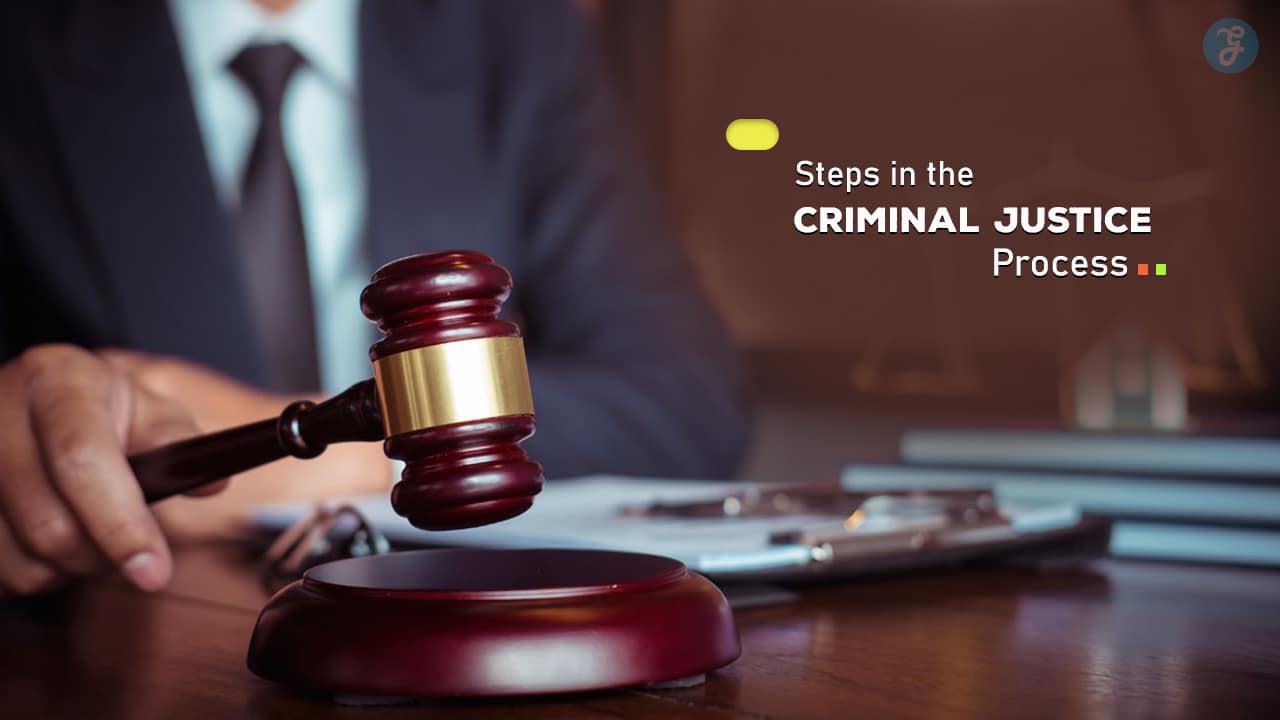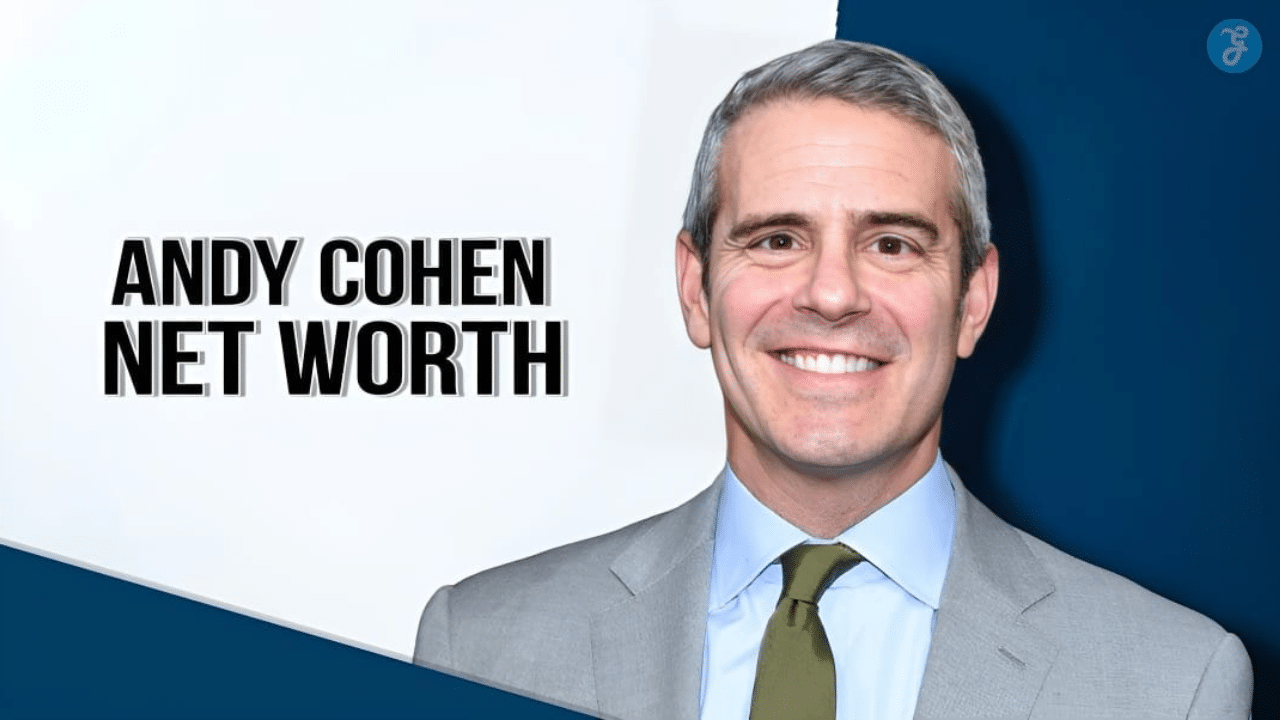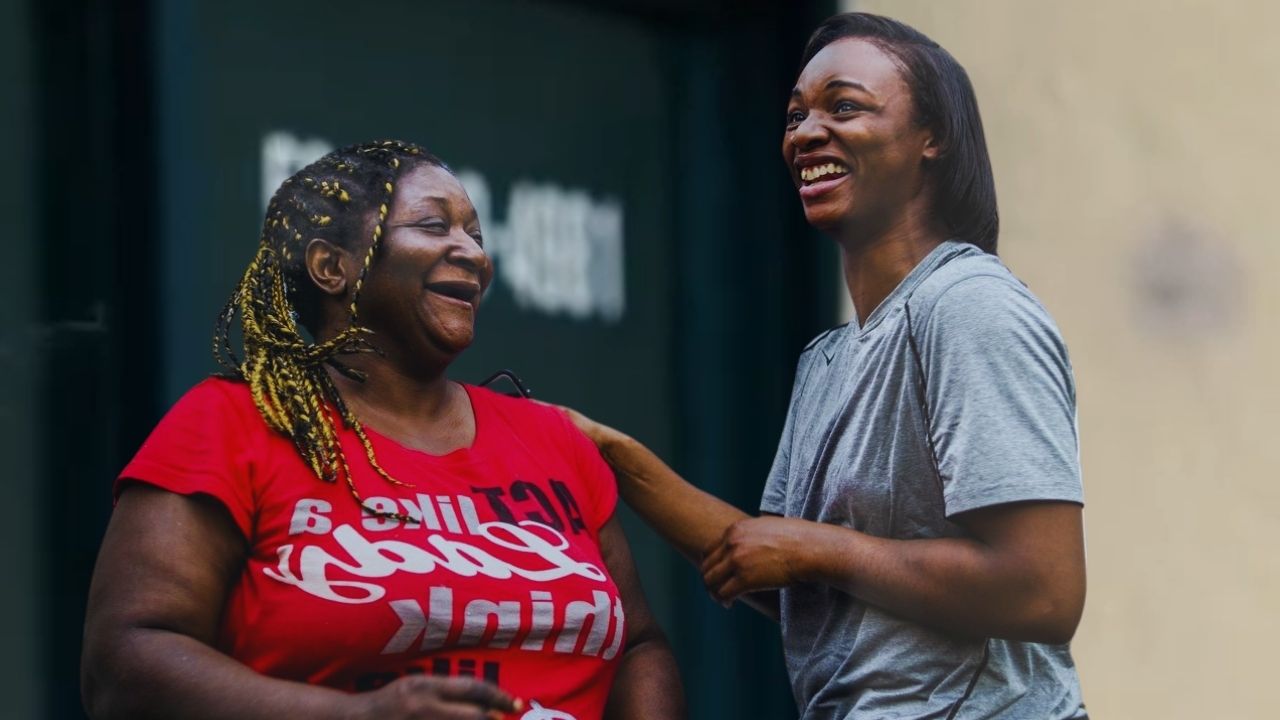The criminal justice process is designed to maintain law and order while ensuring fairness, accountability, and the protection of individual rights.
It is a complex system involving law enforcement, legal professionals, courts, and corrections, all working together to uphold justice.
Whether you’re a victim, defendant, or simply interested in understanding how justice is served, it’s important to familiarize yourself with the key stages that make up this process.
This article breaks down the six critical steps of the criminal justice process, guiding you through each phase from the initial arrest to the final sentencing.
Understanding each of these steps provides clarity on how the legal system operates and ensures justice is delivered fairly and transparently.
6 Critical Steps in the Criminal Justice Process
Here are the 6 steps in the criminal justice process.
1. Arrest
The first step in the criminal justice process is arrest, which takes place when law enforcement officers take a suspect into custody.
An arrest can happen in two main ways: either the police witness a crime in progress and arrest the suspect on the spot, or they arrest the individual based on evidence gathered during an investigation.
How the Arrest Process Works?
When the police believe there is sufficient probable cause—a reasonable basis to believe that a person is connected to a crime—they may detain and arrest the individual.
Arrests often follow an investigation, during which police gather evidence, question witnesses, and review surveillance footage or other materials.
If an arrest is not made on the scene, officers must generally obtain an arrest warrant from a judge.
This legal document authorizes law enforcement to apprehend the suspect.
After the arrest, the suspect is “booked” at the police station. Booking involves recording the person’s personal information (such as name, address, and date of birth), taking their fingerprints, and capturing their photograph (mugshot).
During this time, the suspect may also be searched for weapons or illegal substances.
Upon arrest, law enforcement must read the suspect’s Miranda Rights, which include the right to remain silent and the right to an attorney.
These rights are crucial, as anything the suspect says during questioning can be used against them in court.
The arrest and booking process marks the official start of the criminal justice process, as the state formally accuses the individual of committing a crime.
2. Initial Appearance and Bail
Once arrested, the suspect must appear before a judge in what’s called the initial appearance, which usually occurs within 24 to 48 hours, depending on the jurisdiction.
The purpose of the initial appearance is to inform the defendant of the charges brought against them, explain their rights, and make preliminary decisions about how the case will proceed.
What Happens During the Initial Appearance?
At this stage, the judge reviews the charges and the evidence collected so far.
The defendant is informed of their legal rights, including the right to an attorney if they cannot afford one.
This is also when the defendant may enter a preliminary plea of guilty, not guilty, or no contest, although this plea can be changed later in the process.
The judge may also address any procedural issues, such as setting future court dates.
A key aspect of the initial appearance is the discussion of bail.
Bail is a sum of money that the defendant pays to the court as a guarantee that they will show up for future court appearances.
The judge will determine whether bail is appropriate and, if so, how much it should be. Factors such as the severity of the crime, the defendant’s criminal history, flight risk, and ties to the community are taken into consideration.
If the crime is non-violent or the defendant is deemed not to be a flight risk, the judge may set a lower bail amount or release the individual on their own recognizance, meaning no bail is required, and they promise to return to court.
In more serious cases, bail may be denied, and the defendant will remain in custody until their trial.
3. Preliminary Hearing or Grand Jury
The third step in the criminal justice process is a crucial one, as it determines whether the case will proceed to trial.
This phase typically involves either a preliminary hearing or a grand jury.
Both serve the same function: to assess whether there is enough evidence to formally charge the defendant and move the case to the trial stage.
The Preliminary Hearing Process
In a preliminary hearing, the prosecution presents its case to a judge.
The purpose of this hearing is not to determine guilt or innocence but to establish probable cause—that is, whether there is enough evidence to suggest that the defendant committed the crime.
The defense has the opportunity to cross-examine witnesses and challenge the prosecution’s evidence, but the burden of proof is much lower than in a trial.
If the judge determines there is sufficient evidence, the case moves forward to trial.
If not, the charges may be dismissed, though in some cases, the prosecutor can attempt to refile the charges with additional evidence.
The Role of a Grand Jury
In some jurisdictions, instead of a preliminary hearing, a case may go before a grand jury.
A grand jury is a group of citizens called to review the prosecution’s evidence and decide if the defendant should be charged with a crime (this is called an indictment).
The proceedings of a grand jury are typically conducted in secret, and the defense does not participate.
The grand jury listens to witness testimonies and examines evidence to decide if the charges are warranted.
Both the preliminary hearing and the grand jury ensure that defendants are not unjustly prosecuted without sufficient cause, acting as an important safeguard in the criminal justice process.
4. Arraignment
The arraignment is a critical step in the criminal justice process where the defendant formally enters their plea.
This is the first time the defendant appears in front of a trial judge, and it is a key turning point in how the case will proceed.
What Happens During Arraignment?
During the arraignment, the judge reads the formal charges against the defendant. At this point, the defendant is asked to enter a plea:
- Guilty: Admitting to the charges, which may lead directly to sentencing.
- Not Guilty: Denying the charges, which leads to the scheduling of a trial.
- No Contest (Nolo Contendere): Not admitting guilt but accepting punishment, often used in cases where the defendant doesn’t want the plea used against them in a related civil case.
If the defendant pleads not guilty, the court sets dates for further proceedings, including pretrial motions, discovery, and the trial itself.
It is also possible that plea bargaining takes place before or after arraignment.
Plea bargaining is a negotiation between the defense and the prosecution where the defendant agrees to plead guilty to a lesser charge or receive a reduced sentence in exchange for avoiding trial.
This option is often used to avoid the costs and uncertainties of a lengthy trial.
Arraignment is a pivotal moment because it frames how the rest of the criminal justice process will unfold.
A not guilty plea means the case moves forward to trial, while a guilty plea or plea bargain may expedite sentencing.
5. Trial
The trial is the most public and often most dramatic phase of the criminal justice process.
It is where the prosecution and defense present their evidence, call witnesses, and make their case before a judge or jury.
The purpose of the trial is to determine whether the defendant is guilty or not guilty of the crime.
The Trial Process in Detail
A trial typically follows several distinct stages:
- Jury Selection: If the defendant chooses to have a jury trial, both the defense and prosecution participate in selecting jurors from a pool of candidates. The goal is to find impartial jurors who can fairly evaluate the case.
- Opening Statements: Both the prosecution and defense make opening statements, outlining their case and what they intend to prove.
- Presentation of Evidence: The prosecution goes first, presenting evidence and calling witnesses to testify. This may include forensic evidence, expert testimony, and eyewitness accounts. The defense then cross-examines these witnesses, attempting to challenge the credibility of the evidence presented.
- Defense’s Case: After the prosecution rests its case, the defense has the opportunity to present its own evidence and call witnesses. The defense may argue that the prosecution has failed to meet the burden of proof or may present an affirmative defense, such as self-defense or an alibi.
- Closing Arguments: Once both sides have presented their cases, they give closing arguments, summarizing the evidence and making a final appeal to the judge or jury.
- Deliberation and Verdict: In a jury trial, the jury then deliberates in private to determine whether the prosecution has proven the defendant’s guilt beyond a reasonable doubt. In a bench trial (where the judge alone decides), the judge will render the verdict. The outcome is either a guilty or not guilty verdict.
If the defendant is found not guilty, they are acquitted and released. If found guilty, the process moves to the sentencing phase.
6. Sentencing
If the defendant is convicted of the crime, the final step in the criminal justice process is sentencing.
Sentencing determines the penalty that the defendant will face for the crime they were found guilty of committing.
This stage occurs at a separate sentencing hearing, which can take place weeks after the trial.
How Sentencing is Decided?
During the sentencing hearing, the judge considers several factors before imposing a sentence, including:
- The severity of the crime
- The defendant’s criminal history
- Any aggravating or mitigating circumstances (such as whether the crime was particularly violent or if the defendant has shown remorse)
The judge may also review victim impact statements or consider recommendations from probation officers.
Based on this information, the judge will issue a sentence, which could include:
- Fines: The defendant must pay a financial penalty.
- Probation: The defendant is allowed to remain in the community but must follow strict conditions, such as attending counseling, performing community service, or reporting regularly to a probation officer.
- Incarceration: The defendant is sentenced to time in jail, which could range from months to life, depending on the crime’s severity.
- Community Service: In some cases, the defendant is required to perform a set number of hours of unpaid work for the community.
In certain cases, the defendant may be eligible to appeal the sentence, seeking to reduce the severity or overturn the conviction altogether.
This final phase ensures that appropriate punishment is given while considering the circumstances of the case.
Conclusion
The criminal justice process is designed to ensure that justice is served through a series of structured steps.
From the moment of arrest to the final sentencing, each phase plays a critical role in protecting the rights of the accused while ensuring public safety.
Understanding the six steps—arrest, initial appearance and bail, preliminary hearing or grand jury, arraignment, trial, and sentencing—provides a clearer picture of how the justice system operates.
Each stage is a vital component of upholding fairness, accountability, and the rule of law in society.
Whether you’re directly involved in a case or simply curious about how justice works, knowing these key steps gives valuable insight into the criminal justice system’s inner workings.







































